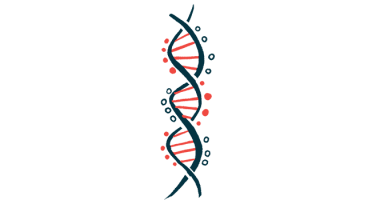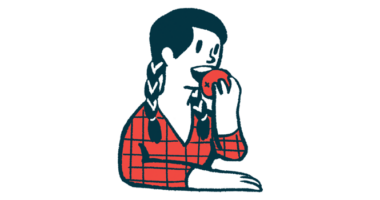Dietary Planning Helps Maintain Normal Fat Tissue Levels in PWS Children

Regular adherence to a careful dietary plan can help children with Prader-Willi syndrome (PWS) maintain a normal amount of visceral adipose tissue, the fatty tissue around abdominal organs, a study reported.
The study, “Visceral adipose tissue resides within the reference range in children with Prader-Willi syndrome receiving nutritional intervention on a regular basis,” was published in the Endocrine Journal.
A deletion of paternal genes in chromosome 15, which control metabolism, appetite, growth, intellectual abilities, and social behavior, causes PWS.
Patients are unable to control their appetite and food intake, leading to obesity and complications related to excessive weight gain, including heart disease, diabetes, and high blood pressure.
“Nutritional intervention is essential to protect PWS patients from developing obesity and caloric restriction has been a successful nutritional strategy to maintain normal body mass index (BMI) in PWS children and adolescents,” the researchers wrote.
But how well dietary restrictions control deposits of visceral adipose tissue (VAT) — the fatty tissue found deep in the abdomen and around organs — in children with PWS is unclear.
Researchers in Japan examined the distribution of fatty tissue in 17 children with a genetically confirmed diagnosis of PWS, who were receiving nutritional intervention on a regular basis.
Nutrition programs were set by dietitians every few months throughout the study, after a PWS diagnosis or a patient’s first visit to the hospital. During infancy, the approach aimed to help maintain growth, and the total calorie intake was gradually increased to meet a baby’s requirements. Calorie restriction starts after infancy.
Children started on a lower daily calorie intake — less than 10 kcal per cm of height — with age-appropriate protein (13–20%), carbohydrate (50–60%), and fat (20–30%) servings, as well as substantial vitamins and minerals.
An educational program ran in parallel to help parents understand typical behaviors and eating habits of children with PWS. The importance of regular physical activity was also stressed. No one in the study had a physical disability.
These children were divided into two groups for evaluation, depending on whether they were also receiving growth hormone (GH) therapy. GH, a common PWS therapy, promotes a child’s growth and stimulates metabolism, helping to lessen body fat and increase muscle mass.
Eight of the 17 children on this dietary intervention had also been on GH therapy for a median of 4.9 years, beginning at age 2 on average. The other nine never used GH therapy.
GH treatment was found to increase children’s height, but not to have a significant impact on body weight or BMI. Children not using GH increasingly lost height relative to normal growth standards over the study’s years.
“The finding that [height relative to standards] declined during nutritional intervention in GH-untreated group indicated the potential unfavorable effect of nutritional intervention on linear growth,” the investigators wrote.
Researchers examined fatty tissue distribution when these children were around 7 years old.
VAT remained within the normal range in children in both study groups. However, the amount of fatty tissue found underneath the skin — subcutaneous adipose tissue or SAT — was abnormally high in those never given GH therapy. No such difference was observed in GH-treated children.
Scientists also examined fatty tissue distribution in three PWS children who had neither nutritional intervention nor GH therapy. In these children, the amount of both visceral and subcutaneous fatty tissue was abnormally high.
“Although we have to strictly monitor linear growth that may be impaired by excessive nutritional intervention, the current results provide evidence that supports the beneficial effects of nutritional intervention for controlling body fat in PWS children,” they concluded.






